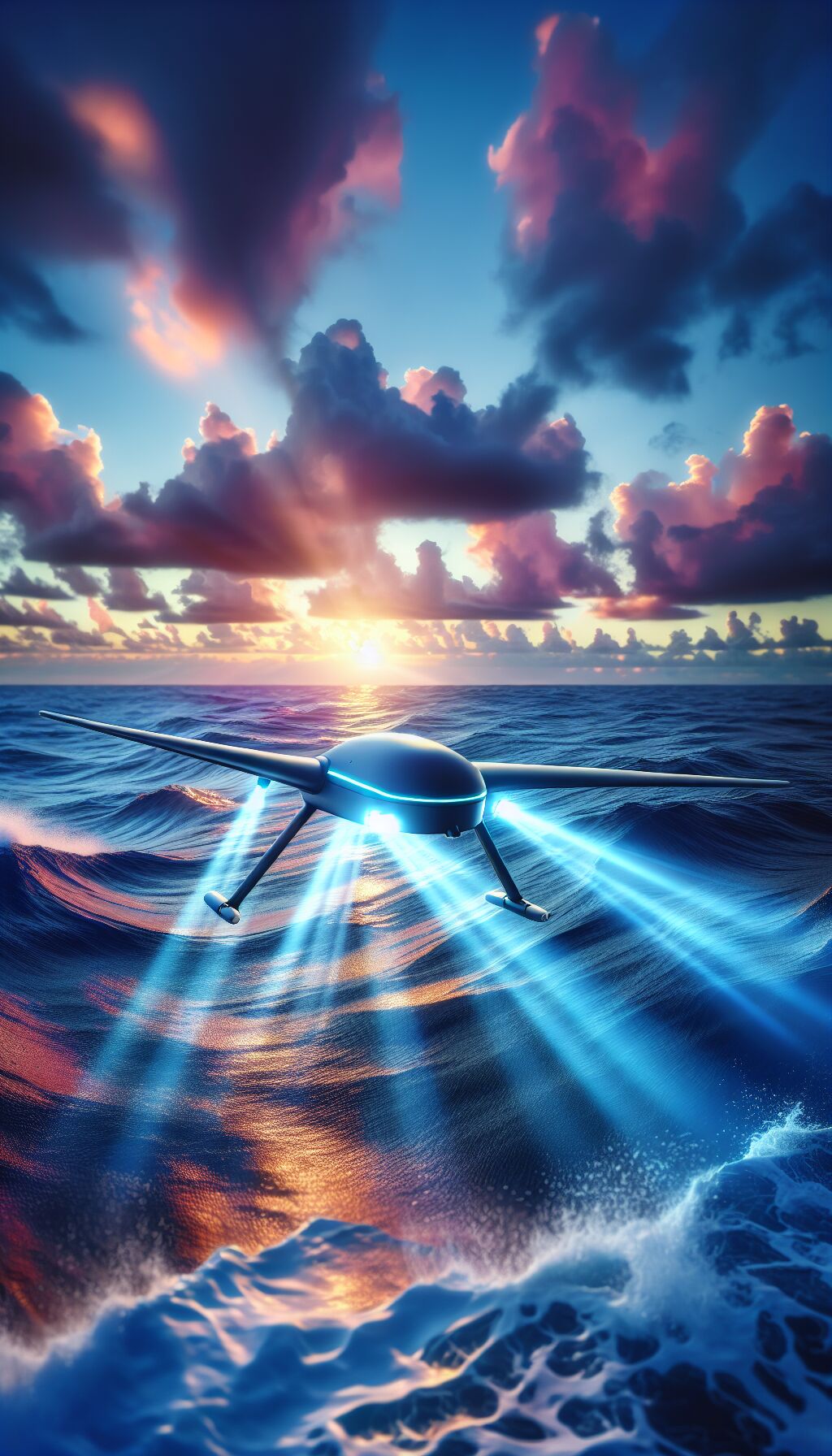Navy Unmanned Sea Drones Target Drug Smugglers in New Operation
Published: [Insert Date]
Introduction to Operation Southern Spear
Unmanned sea drones are embarking on a new mission to combat drug trafficking in American waters as part of a groundbreaking initiative by the Navy. This operation, known as Operation Southern Spear, marks a strategic effort by the U.S. Navy’s 4th Fleet to harness maritime drones in their early stages to strengthen security and enhance counter-narcotics operations.
A New Approach to Maritime Surveillance
According to a recent news release, the Navy will implement “a heterogeneous mix of Robotic and Autonomous Systems (RAS) to support the detection and monitoring of illicit trafficking.” This initiative not only targets drug smugglers but also aims to refine tactics and techniques for missions around the globe, reflecting the Navy’s adaptability to evolving threats.
Changing Trafficking Routes
As former President Donald Trump implements strict measures on the U.S. southern and northern borders, drug smugglers have increasingly sought alternative routes for their illegal activities. This shift has led human and drug trafficking cartels to turn their attention to America’s maritime borders, engaging in the maritime smuggling of weapons, narcotics, and even individuals.
Recent figures reveal that the U.S. Customs and Border Protection’s Air and Marine Operations (AMO) seized over 304,000 pounds of illicit drugs at sea thus far in 2023, surpassing the 241,000 pounds confiscated on land. This statistic underscores the urgent need for enhanced maritime security measures.
Collaboration with Joint Task Force South
Operation Southern Spear will operate in partnership with the Joint Task Force South, which combines resources from the Defense Department, the Navy, the Coast Guard, Customs and Border Protection, and 20 allied nations. The primary focus of this collaboration is on counter-narcotics operations and maritime security throughout the Caribbean, Central, and South America.
High-Endurance Sailing Drones
Central to this operation are 20 high-endurance Saildrone Voyager unmanned surface vehicles, which are equipped with an upgraded sensor suite. With a length of 10 meters, these drones can cover vast areas of ocean, surveilling thousands of square miles each day in search of smugglers.
These drones have previously operated in the Persian Gulf under the Navy’s Hybrid Fleet Campaign and are expected to play a pivotal role in enhancing the Navy’s capabilities. With an impressive detection rate of 95%, they represent a significant asset in the fight against maritime trafficking.
A Strategic Shift in Trafficking Patterns
According to the International Chamber of Shipping (ICS), approximately 90% of cocaine is trafficked at sea. As land borders become more fortified, traffickers are expected to increasingly utilize maritime pathways, which highlights the critical importance of this new operation in disrupting their activities.
Trump’s Commitment to Border Security
Throughout his presidency, Trump prioritized the use of military resources to curb the flow of human and drug trafficking along the southern border. Early in his administration, he deployed an additional 1,500 troops and various resources to strengthen border control efforts. Recently, an agreement with Mexican President Claudia Sheinbaum was secured, leading to the deployment of 10,000 Mexican troops along the U.S.-Mexico border as part of a compromise regarding tariff threats on goods from Mexico.
Conclusion
As Operation Southern Spear unfolds, the combination of advanced unmanned technology with strategic military operations represents a significant evolution in the U.S. Navy’s approach to maritime security and drug interdiction. This operation not only aims to curtail illicit activities at sea but also provides invaluable lessons that could be applied in various operational theaters worldwide. The growing reliance on autonomous maritime systems underscores a vital shift in combating modern threats, ensuring a safer security landscape for the United States.
